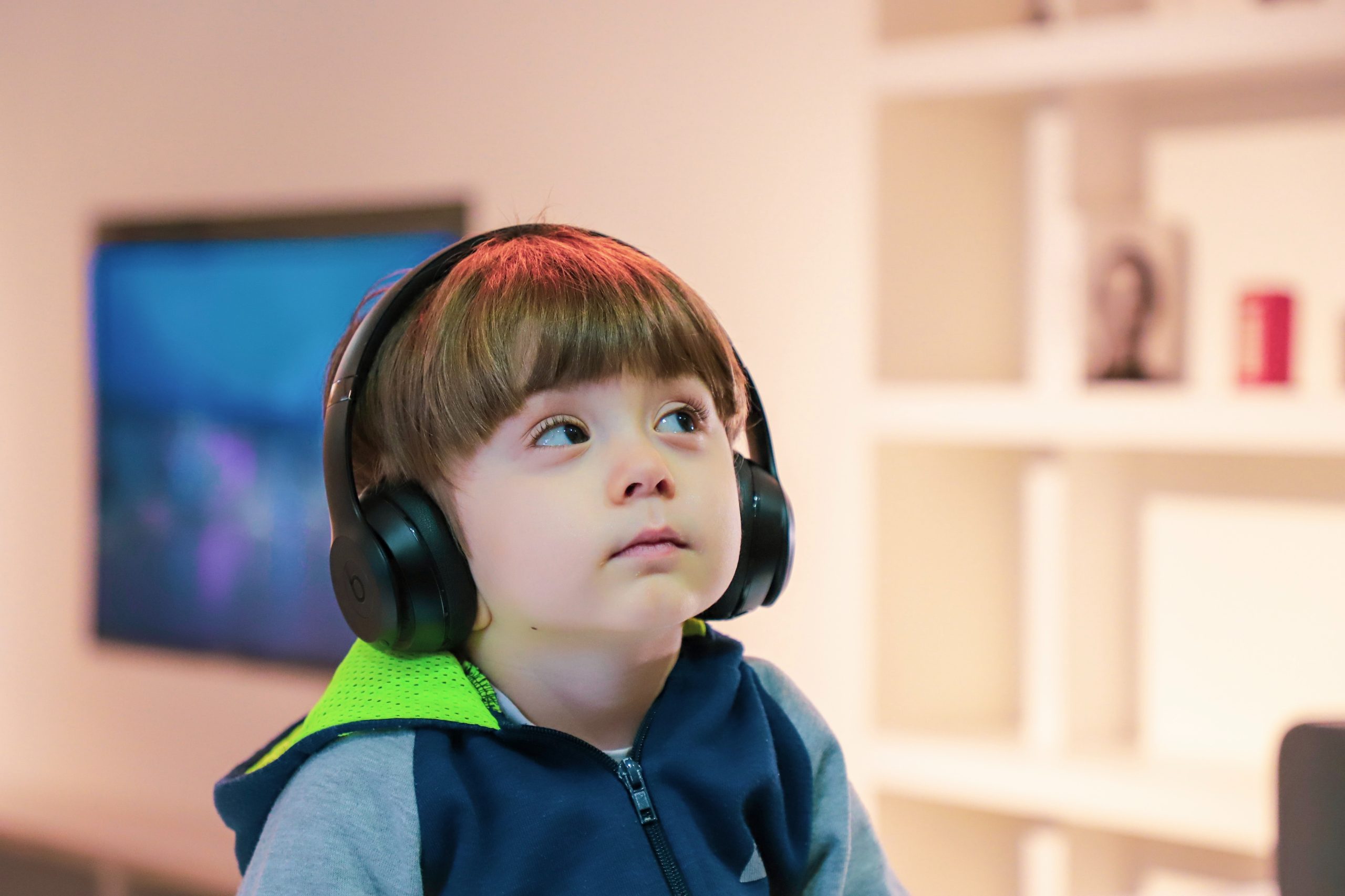What are hidden disabilities?


Some disabilities are clear to see and there are physical signs which make them immediately apparent to other people. However, many disabilities are not like this; around 80% of all disabilities are invisible. In Ireland, hidden disabilities are prevalent and impact a significant portion of the population. Some of the most common types of hidden disabilities in Ireland include:
Although having a visible disability can lead to stigmatisation and prejudice, having a hidden one can be just as challenging. Many people with a hidden disability are often not believed or treated with compassion because they “look fine”. A person living with chronic pain may look able-bodied, but they might struggle to do everyday tasks like walking for more than 10 minutes at a time, housework, or shopping.
Society still has a problematic one-dimensional view on disability, when in truth, the community is diverse and unique. It is important to recognise that invisible disabilities are just as valid as visible ones and can have a significant impact on a person’s daily life. It is crucial to listen to and believe people who disclose their hidden disabilities and to offer support and accommodations when needed.
We also need to break down the societal stigma surrounding disability and to understand that it does not equate to inability. People with disabilities have unique experiences, perspectives, and strengths that should be recognised and celebrated. Each individual’s experience can vary greatly.
Creating a more inclusive society involves valuing and respecting the diversity within the disability community and advocating for equal opportunities for all.
Being inclusive of people with hidden disabilities is about valuing diversity, respecting individual experiences, and creating a more accessible and equitable society for all. Contact IA Labs today to find out more about how to make your digital content more inclusive.